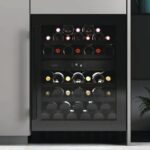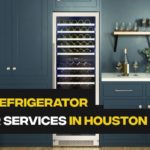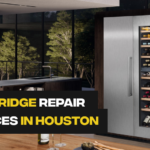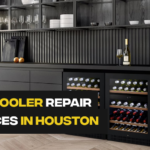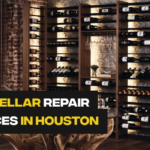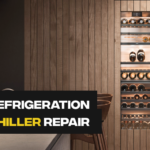Dometic Wine Cooler Poor Insulation
Post Date: June 25, 2024
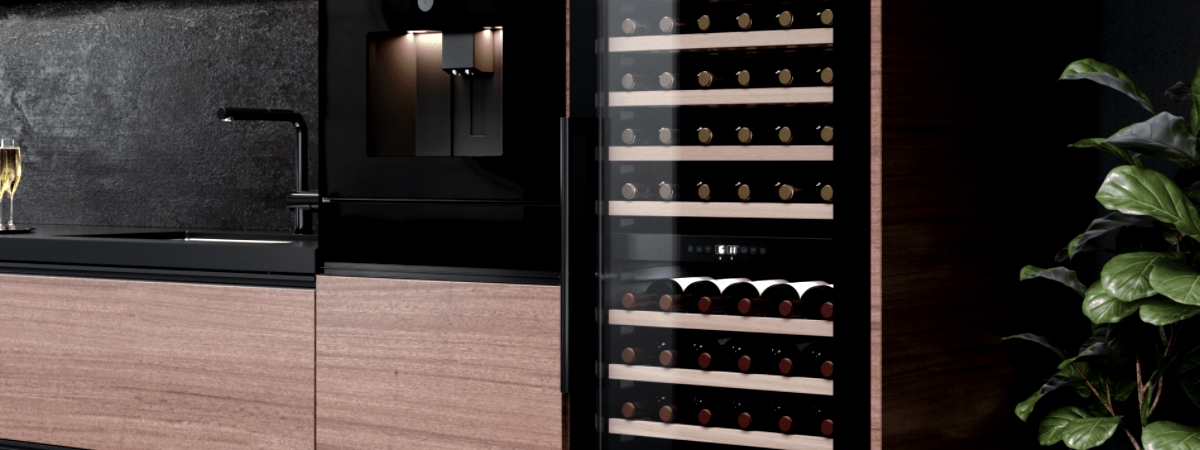
Dometic wine coolers are renowned for their ability to preserve the quality and taste of your favorite wines. However, like any appliance, they can sometimes experience issues that affect their performance. One such common problem is poor insulation, which can lead to a variety of issues, including:
-
Inefficient cooling: The cooler struggles to maintain the desired temperature, resulting in fluctuating temperatures and potential damage to your wine collection.
-
Increased energy consumption: The cooler has to work harder to maintain the desired temperature, leading to higher electricity bills.
-
Moisture buildup: Condensation can form inside the cooler, creating an ideal environment for mold and mildew growth.
If you suspect that your Dometic wine cooler is suffering from poor insulation, there are a few things you can do to troubleshoot the problem and potentially fix it yourself.
Identifying the Source of Poor Insulation
-
Door Seal Inspection: Check the door seal for any gaps, tears, or damage. A compromised door seal can allow warm air to enter the cooler, reducing its insulation effectiveness.
-
Venting Issues: Ensure that the cooler’s vents are not obstructed by dust, debris, or other items. Proper ventilation is crucial for heat dissipation and maintaining a stable temperature inside the cooler.
-
Internal Damage: Inspect the interior of the cooler for any signs of physical damage, such as dents, cracks, or warped panels. These imperfections can compromise the cooler’s insulation integrity.
DIY Solutions for Poor Insulation
-
Replace Door Seal: If the door seal is damaged, it should be replaced with a new one from the manufacturer or an authorized retailer. A properly functioning door seal will form a tight barrier against warm air infiltration.
-
Clean Vents: Regularly clean the cooler’s vents to remove any accumulated dust or debris. Use a soft brush or a vacuum cleaner with a brush attachment to gently clear the vents.
-
Address Internal Damage: If you find any internal damage, assess the extent of the damage and determine if it’s something you can repair yourself. For more significant damage, it’s advisable to consult a qualified appliance repair technician.
Preventive Measures to Maintain Insulation
-
Proper Placement: Avoid placing the cooler in direct sunlight or near heat sources, such as ovens or stoves. Excessive heat can put additional strain on the insulation.
-
Regular Cleaning: Regularly clean the cooler’s interior and exterior to prevent dust and debris buildup, which can impede heat transfer and reduce insulation efficiency.
-
Avoid Overloading: Don’t overcrowd the cooler with bottles. Allow sufficient space for air circulation between bottles to promote even cooling and prevent excessive strain on the insulation.
-
Humidity Control: Maintain a moderate humidity level inside the cooler. Excessive humidity can contribute to mold growth and reduce insulation effectiveness.
-
Regular Maintenance: Schedule regular maintenance checks with a qualified appliance repair technician to identify and address any potential insulation issues early on.
By following these troubleshooting steps, DIY solutions, and preventive measures, you can effectively address poor insulation in your Dometic wine cooler and ensure it continues to provide optimal storage conditions for your precious wine collection.



